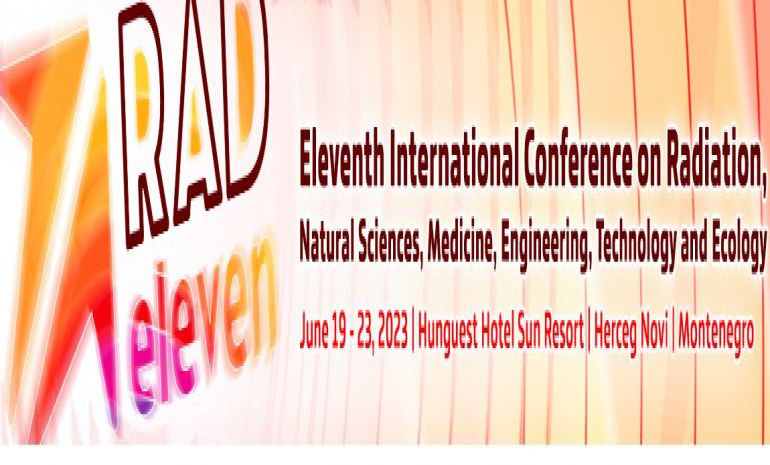- Bulgaria-Italy-Spain supercapacitors



Electrochemical performance of supercapacitors based on carbon material electrodes in different electrolytes
Boryana Karamanova, Emiliya Mladenova, Antonia Stoyanova
Institute of Electrochemistry and Energy Systems - BAS, Sofia, Bulgaria
Supercapacitors are one of the most promising energy-storage devices that can meet the demands of high-power supply and long cycle life. The type of electrode material is one of the main factors which determine the supercapacitors performance.
A variety of porous carbon materials are widely used as electrode materials in energy storage applications, and among these, activated carbons are considered promising alternatives due to its low cost, high specific surface area and the possibility of use environmentally friendly raw material. Besides the large surface area, highly porous structure, good adsorption properties, and high electrical conductivity, the carbon surface chemistry is very important factor to develop a device with high performances.
On the other hand, the correct choice of electrolyte and potential window is essential for the optimal performance of supercapacitors.
Commercial activated carbon obtained by pyrolysis of coconuts shells (YP-50F, “Kuraray Europe” GmbH) with high specific surface area and narrow pore size distribution was used as electrode material. Electrodes without current collector were prepared by a casting technique based on spreading an ink. Poly (vinylidene fluoride-co-hexafluoropropylene) in grain form was dissolved in N,N-dimethylacetamide before the use. All components are mixed for 20 minutes. The layer was formed on a glass-plate and dried at 40°C for 5 h and 12 h at 70°C, then soaked and separated by water. After, the layer was dried at 120 °C for 1 h and then treated at 160 °C for 20 min.
The symmetric supercapacitor cell contains two identical coin type electrodes and Na+-, Li+- and K+- form Aquivion® E87-05S electrolyte membrane. The supercapacitors were tested by different electrochemical methods - cyclic voltammetry, galvanostatic charge/discharge measurements, long-term tests and impedance spectroscopy in neutral and alkaline environments. The supercapacitors displayed rectangular voltammograms at different scan rates, high specific capacitance and also excellent cycle stability. The influence of the electrolyte type on the supercapacitor cell performance is shown.
Acknowledgement: This research is funded by the Ministry of Education and Science of Bulgaria under the National Program "European Scientific Networks" (Agreement D01-286 / 07.10.2020).
Activated carbon xerogel as an electrode material in supercapacitor systems
Svetlana Veleva, Boryana Karamanova, Antonia Stoyanova
Institute of Electrochemistry and Energy Systems, Bulgarian Academy of Sciences, Sofia, Bulgaria
Supercapacitors show a number of advantages over conventional electrochemical energy sources such as batteries and fuel cells. Although they do not exhibit high energy density, supercapacitors can provide much higher powers, higher efficiency and long life cycles. These characteristics and their simplified manufacturing make them promising energy storage systems.
Activated carbon is the most widely used active material due to its high specific surface area, high conductivity and thermal stability, and its controlled pore size distribution.
The present study aims to investigate the capacitive characteristics of activated carbons in symmetric supercapacitors using different types of electrolytes and polymer films.
Carbon xerogels were synthesized by polycondensation of resorcinol and formaldehyde, followed by carbonization and activation. Their porous structure were modulated by changing the pH of the precursor solutions and characterized by N2 adsorption-desorption isotherms, a helium pycnometer, and a shell density analyzer. The obtained samples were also characterized with other modern physicochemical methods.
Two-electrode symmetric supercapacitor cells with organic electrolytes and polymer films were assembled with the obtained carbon xerogel and investigated by galvanostatic charge/discharge and cyclic voltammetry measurements to evaluate their lifetime stability and electrochemical characteristics. Specific capacitance, energy and power density, Coulomb and energy efficiency were also calculated.
The results show that the synthesized carbon xerogels have porous structure and a high specific surface area, which is a necessary condition for the demonstrated good electrochemical performance as electrode materials in supercapacitor systems.
Acknowledgment: The financial support of BIScapcs (Agreement D01-286 / 07.10.2020) gratefully acknowledged.